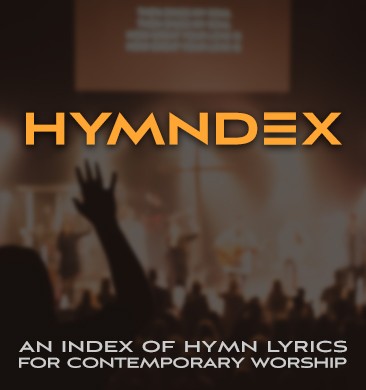The CTT Staff writes that text messaging has become one of the most popular ways for churches to communicate with their members. It’s fast, efficient, and cost-effective. But not all church texting services are created equal. To get the most out of your church texting service, you need to make sure it offers certain features that are essential for churches.
There are many features that can increase the strategic nature of your communications work. Not all texting platforms are the same today, and so if you’re serious about guest follow-up or other growth-oriented activities, then considering what any given texting platform can provide is important. Some key features to look for include: an intuitive and mobile-friendly user interface, bulk messaging capabilities, automation of follow-up responses, contact segmentation, accessible customer support, integration with other software programs, two-way conversation options, and comprehensive analytics.
Group or mass messaging is crucial for churches. It allows you to send messages to multiple people at once, which is especially helpful for announcements or reminders about upcoming events or services. Make sure the group messaging feature is easy to use and can handle large numbers of recipients. This saves time and eliminates the need to manually enter each phone number every time you want to send a message. Group texting is useful for coordinating volunteers, staff meetings, and church events.
Automated messages are another important feature. They allow you to set up messages in advance so they go out regularly without extra work on your part. This is great for sending confirmations, reminders, prayer requests, appointment instructions, event invitations, and guest follow-up sequences.
A good church texting service should also provide data collection and analysis capabilities. This lets you track who is responding to your messages and how they respond. The information is invaluable for making decisions about which messages resonate best with your audience. You can use it to get feedback on sermon topics, track event attendance, and better target outreach efforts.





